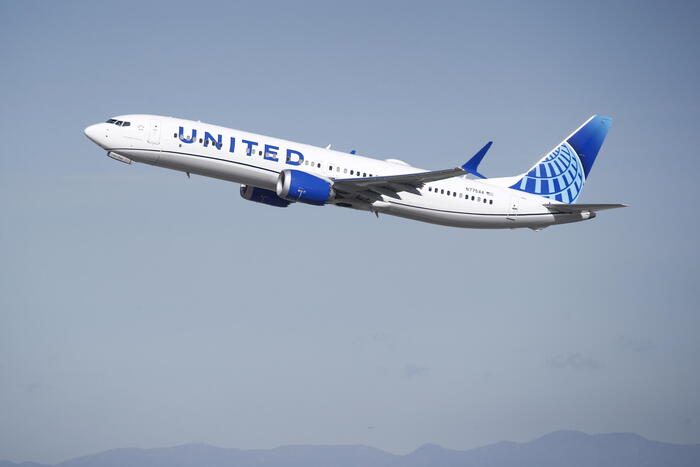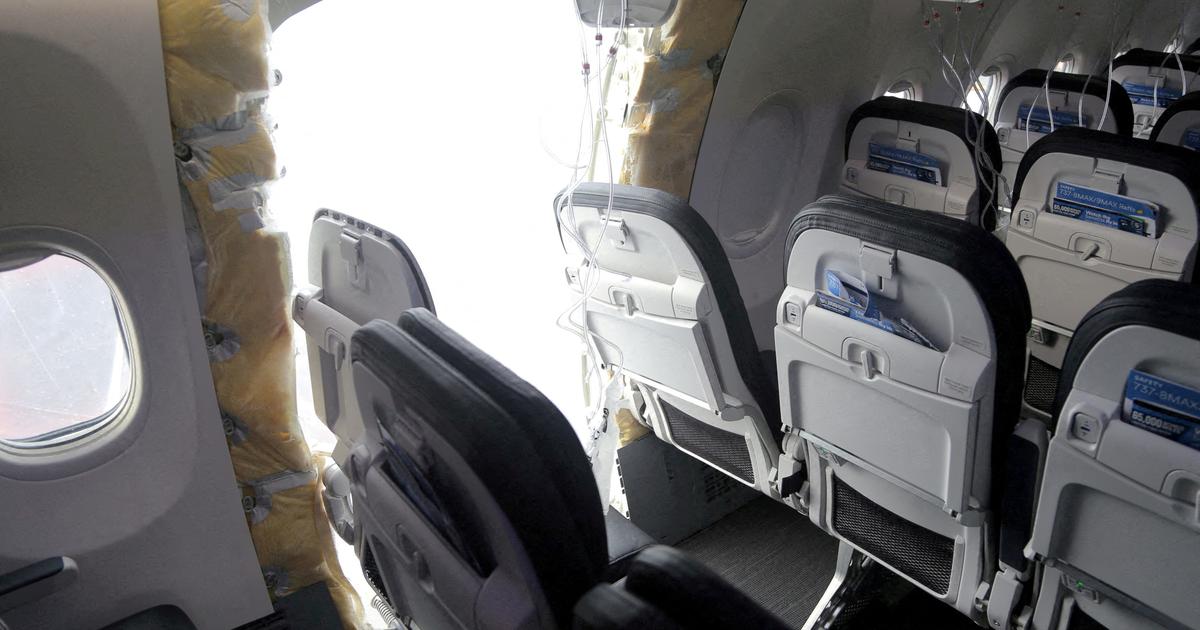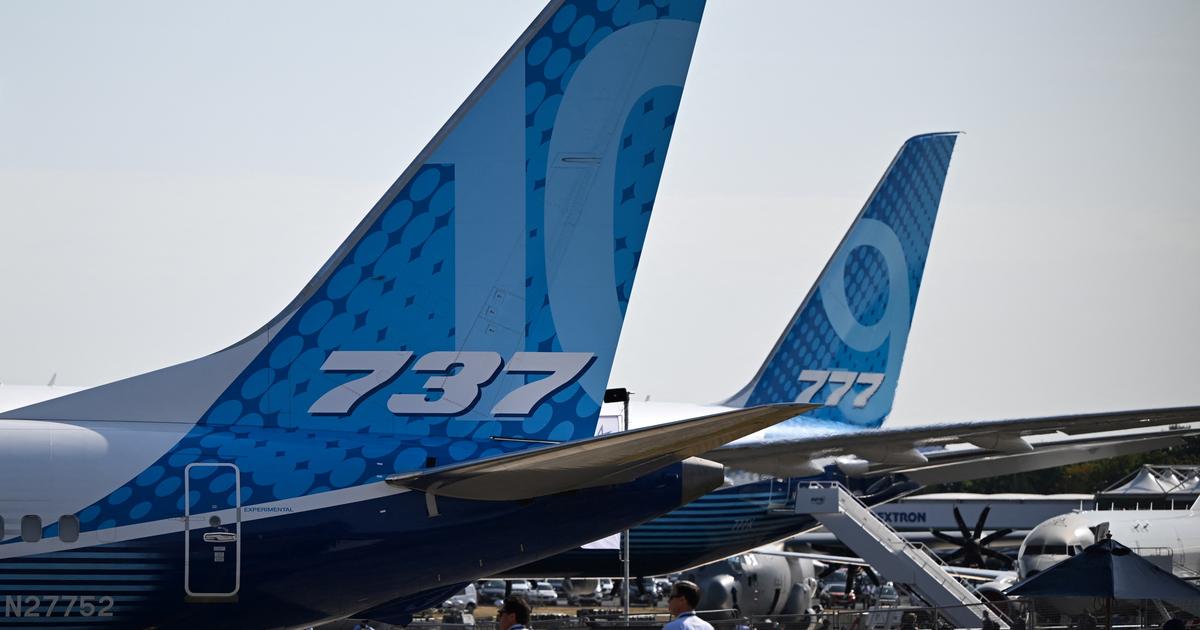Boeing says goodbye to an icon on Tuesday: It will deliver
its last Jumbo 747.
Since its maiden flight in 1969, the gigantic yet
elegant 747
has served as a cargo plane, a commercial jet capable of carrying nearly 500 passengers, a shuttle for NASA's space shuttles, and Air Force One presidential jet. It revolutionized travel, connecting cities international flights that had never had direct routes before and contributing to the democratization of passenger flights.
But in the last 15 years or so, Boeing and its European rival Airbus have
introduced
more cost-effective and
fuel-efficient widebody planes,
with just two engines to keep instead of the 747's four. The final plane
is number 1,574
built by Boeing in the Puget Sound region of Washington state.
The last of all: it is the number 1,574 built by Boeing in the Puget Sound region.
Photo: AFP
A large crowd of current and former Boeing workers is expected for the final send-off.
The latter will be delivered to the
cargo company Atlas Air.
"If you love this business, you feared this moment would come," said veteran aviation analyst Richard Aboulafia.
"No one wants a four-engine anymore, but that doesn't erase the aircraft's tremendous contribution to the development of the industry and its remarkable legacy."
Boeing set out to build the 747 after losing a contract for a massive military transport, the C-5A.
The idea was to take new engines developed for transport - high-bypass turbofan engines, which burned less fuel by passing air around the engine core, allowing for longer flight range - and use them for a
newly imagined
civil aircraft.
.
Since its maiden flight in 1969, the gigantic 747 has served as a cargo plane and commercial airliner capable of carrying nearly 500 passengers.
Photo: Patrick T. Fallon / AFP
The first 747
It took more than 50,000 Boeing workers less than
16 months to build the first 747
, a Herculean effort that earned them the
nickname "The Incredibles
. "
Production of the jumbo jet required the construction of a massive factory in Everett, north of Seattle, the world's largest building by volume.
The aircraft's fuselage was
68.5 meters long,
and
the tail was as tall as a
six-story building.
The aircraft's design included a second deck that extended from the cockpit rearward over the first third of the aircraft, giving it a distinctive hump and inspiring a nickname, the Whale.
More romantically, the 747 became known as the Queen of the Skies.
A second VIP floor
Some airlines converted
the second floor into a first-class cocktail lounge
, while even the lower deck sometimes featured lounges or even a piano bar.
An "Atlas Air" Boeing 747-400 lands in Sarajevo.
Photo: ELVIS BARUKCIC / AFP
"It was the first big aircraft, the first wide-body plane, so it set a new standard for airlines to know what to do with it and how to fill it," says Guillaume de Syon, a professor of history at Albright College in Pennsylvania who specializes in aviation and mobility.
"It became
the essence of mass air travel:
You couldn't complete it with people paying full price, so you had to lower prices to get people on board."
He contributed to what happened in the late 1970s with the deregulation of air transport."
History
The first 747
entered service in 1970
on Pan Am's New York-London route, and its timing was terrible, Aboulafia said.
The first class of the jumbo, in a recreation to celebrate its 50th birthday, in 2019. Photo: archive
It debuted shortly before the 1973 oil crisis, in the midst of a recession that dropped Boeing's employment from 100,800 in 1967 to a low of 38,690 in April 1971.
The "Boeing bankruptcy" was sadly marked by a billboard near the Seattle-Tacoma International Airport that read:
"Will the last person leaving SEATTLE -- Turn out the lights
. "
light).
In the late 1980s an updated model
- the 747-400 series - arrived
at a better time, coinciding with the Asian economic boom of the early 1990s, Aboulafia explains.
Aboulafia recalls his ride on a Cathay Pacific 747 from
Los Angeles to Hong Kong
when he was a backpacker in his early 20s in 1991.
The Jumbo was transport of NASA's space shuttles.
Photo: Pete Marovich / GETTY IMAGES NORTH AMERICA / AFP
"Even people like me could go to Asia," Aboulafia said.
"Before, you had to stop in Alaska or Hawaii to refuel, and it cost a lot more. This was a direct trip, and at a reasonable price."
Delta was the last US airline to use the 747
for passenger flights, ending in 2017, though a few other international carriers continue to fly it, including Germany's
Lufthansa.
Atlas Air ordered four 747-8 freighters early last year, with the latest leaving the factory on Tuesday.
The jumbo 747 converted into Air Force One presidential jet. Photo: SAUL LOEB / AFP
Boeing has its roots in the Seattle area and has assembly plants in the states of Washington and South Carolina.
The company announced in May that it would move its headquarters from Chicago to Arlington, Virginia, bringing its executives closer to top officials in the federal government and the Federal Aviation Administration, which certifies passenger and cargo planes for Boeing.
Boeing's relationship with the FAA has been strained since the fatal crashes of its best-selling plane, the 737 Max, in 2018 and 2019. It took the FAA nearly two years - much longer than Boeing expected - to approve the design changes. and allow the plane to fly again.
The author is an Associated Press journalist.
ap
look too
FBI arrests Libyan agent accused of bombing a plane that crashed over Lockerbie in 1988
The Stratolaunch, the world's largest aircraft, as big as a football field, made a record flight









